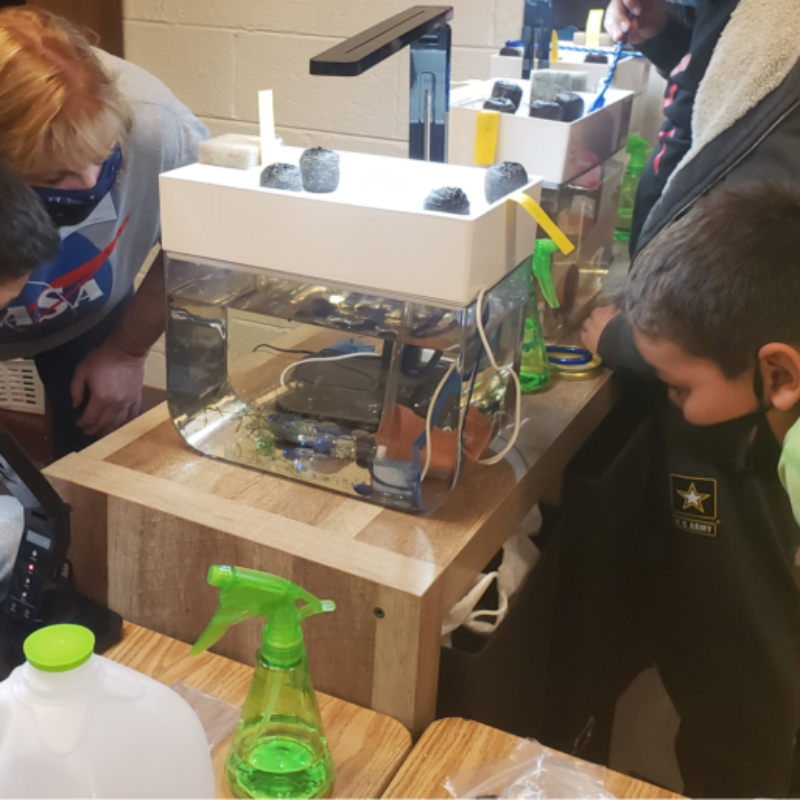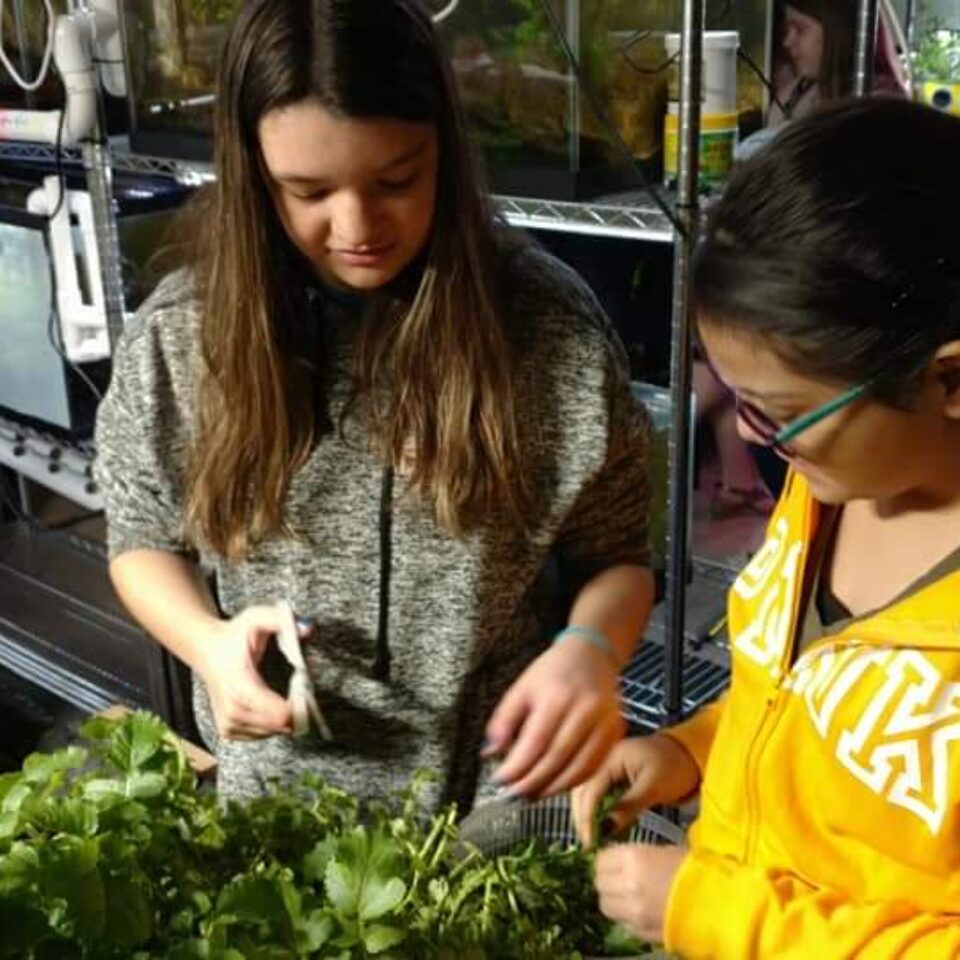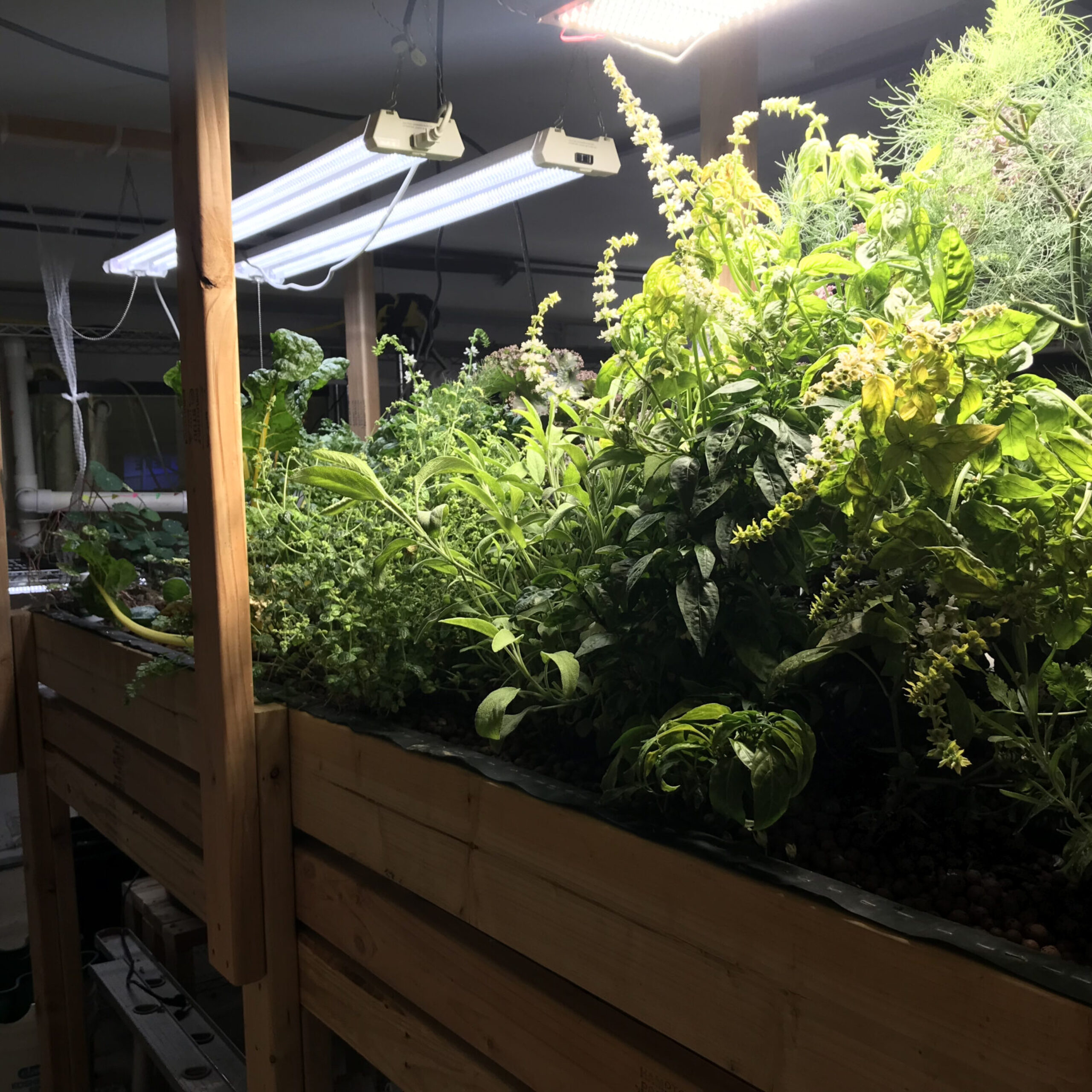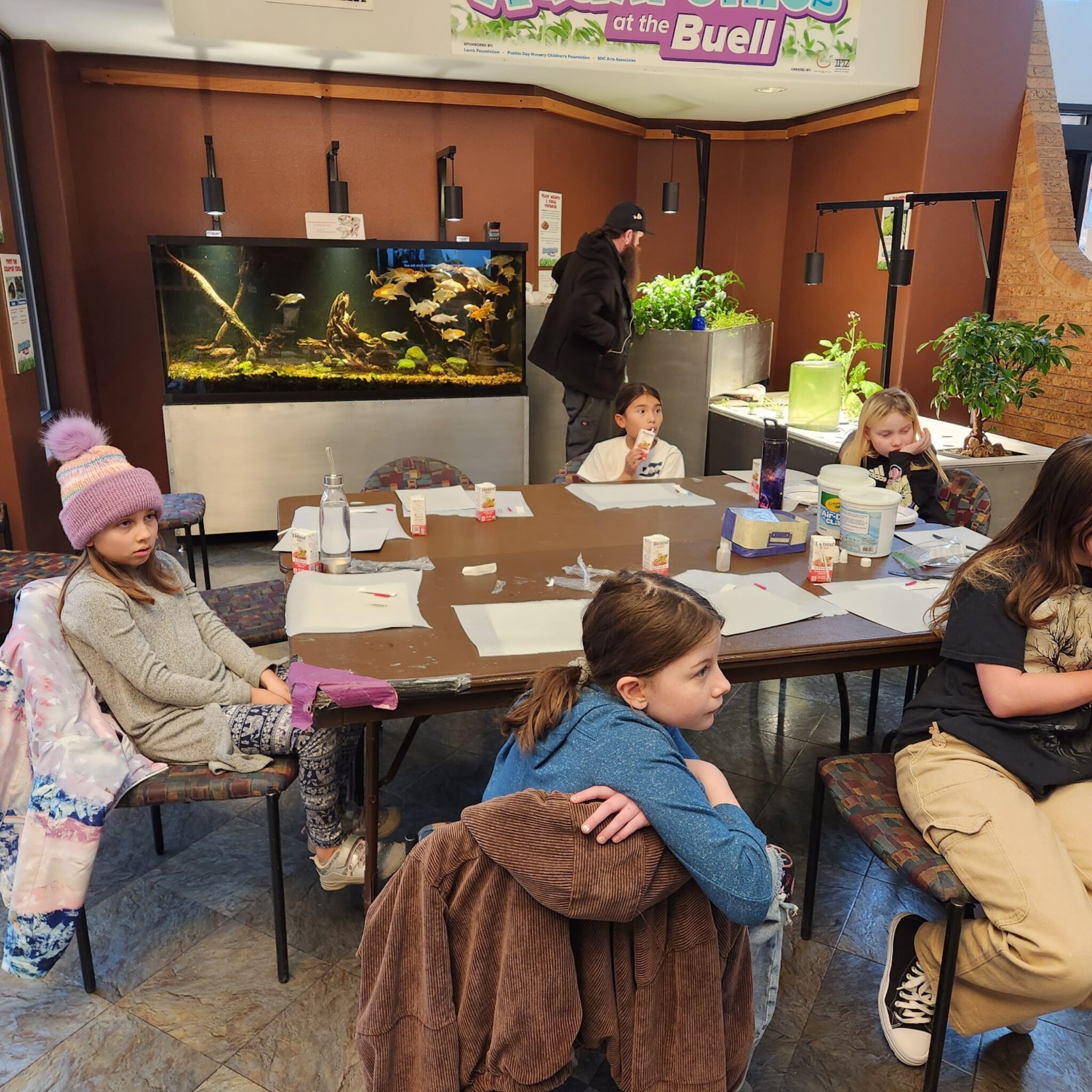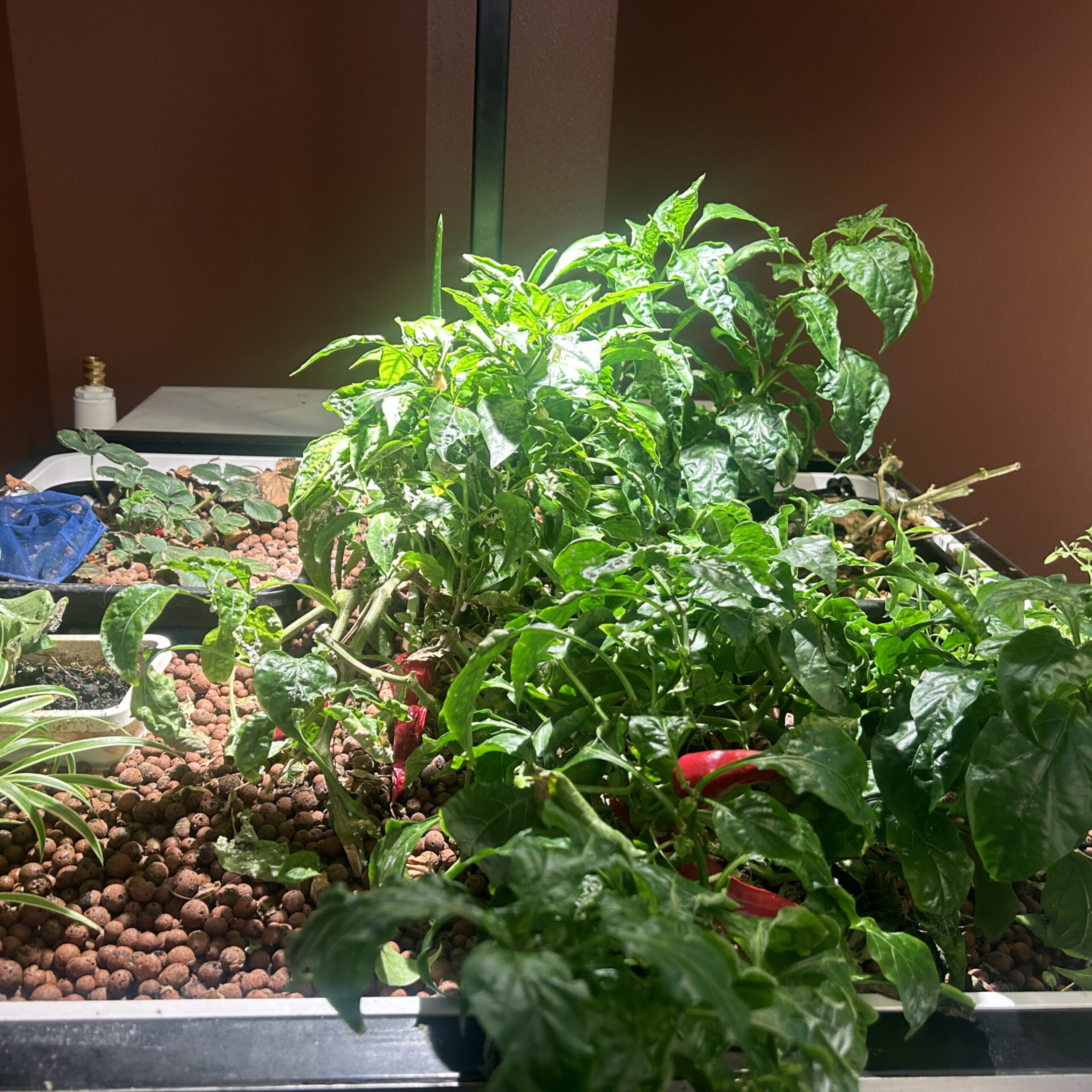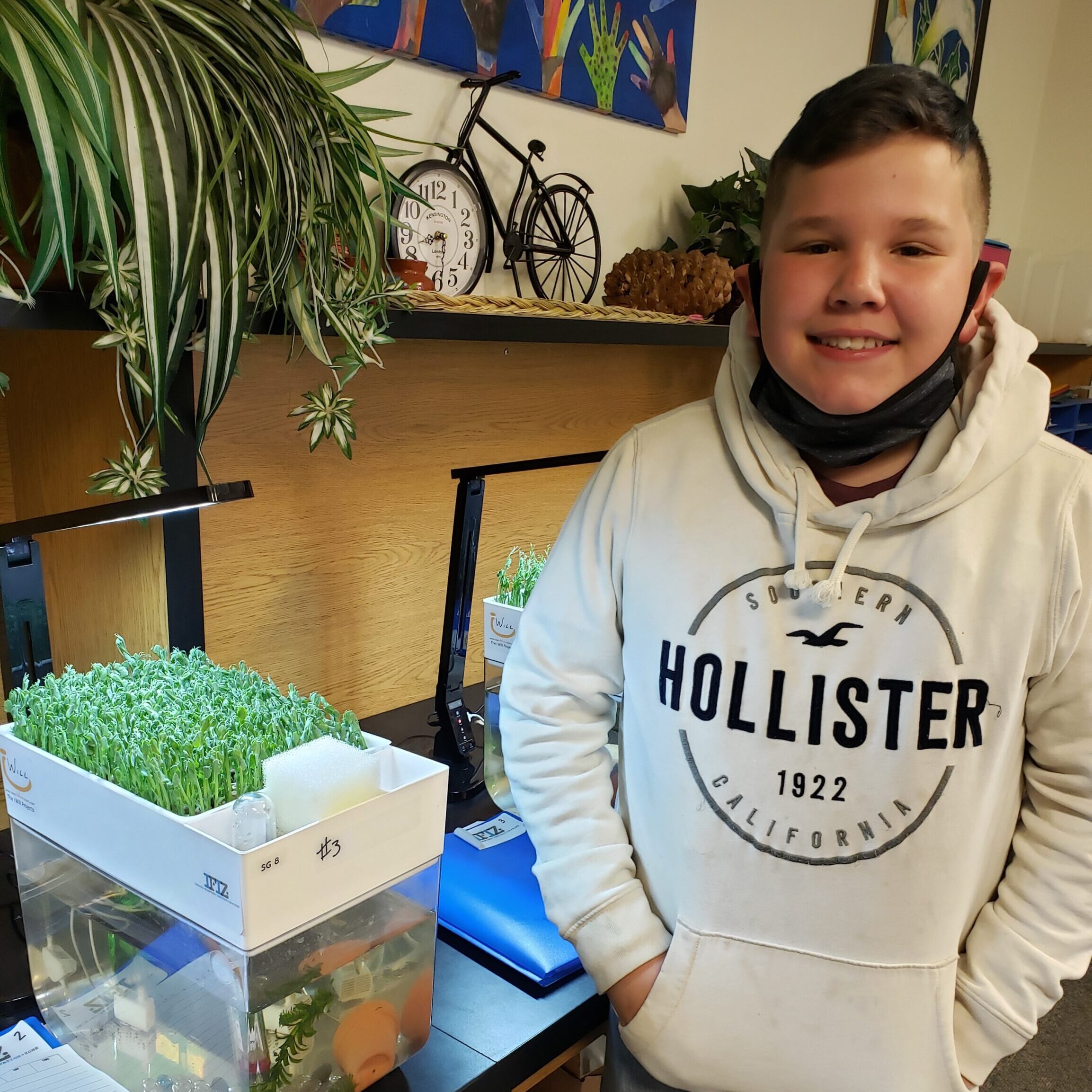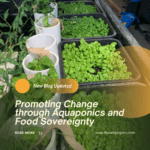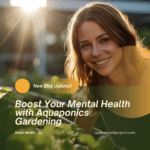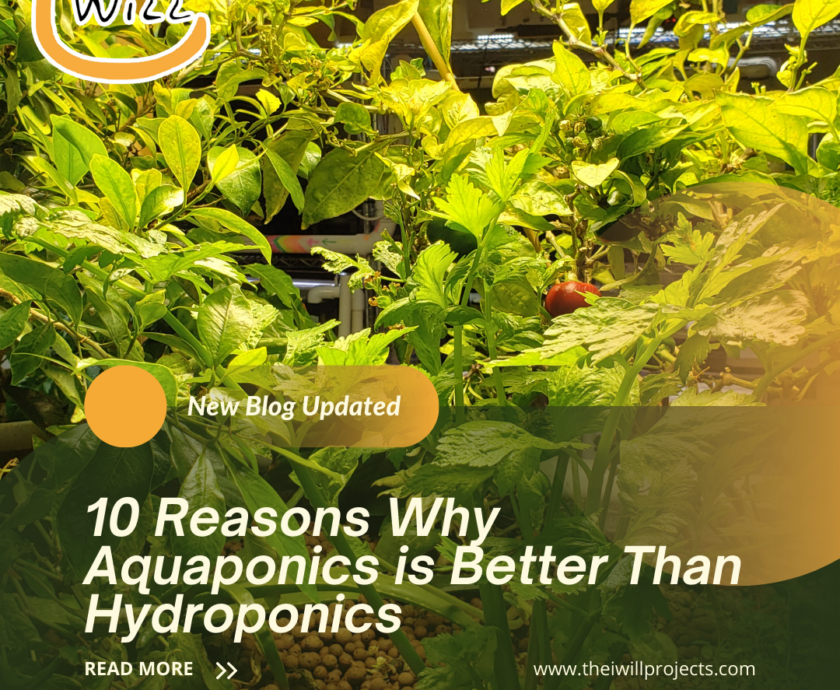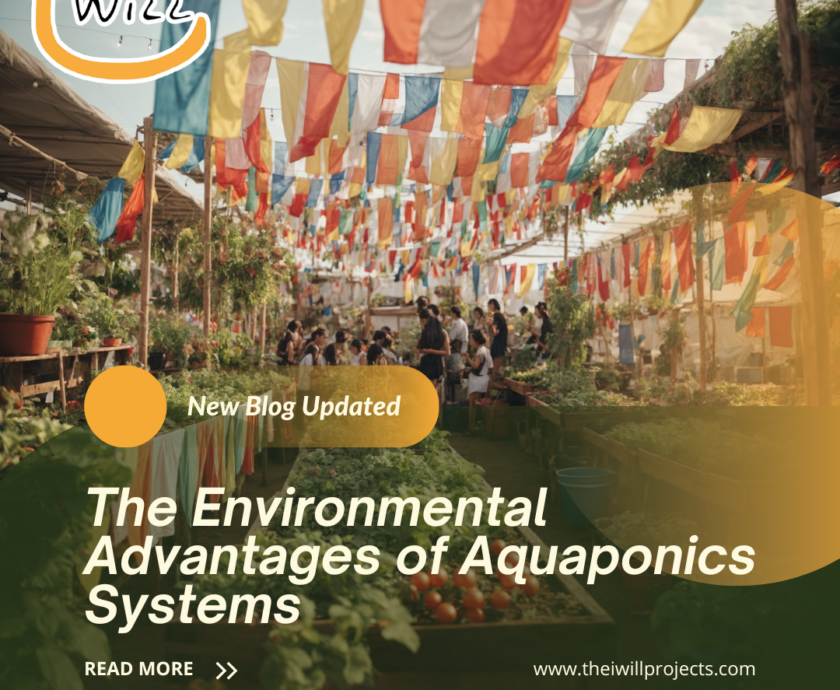“Every time we liberate a pesticide, we incur a debt to nature. This debt grows and grows until it eventually must be paid back in full.” – David Suzuki
TweetTable of contents
- Introduction to Pesticides, Your Health, and Public Health Concerns
- Understanding Pesticides: Types and Common Uses
- Chronic Health Risks Associated with Pesticide Exposure
- The Impact of Pesticides on Vulnerable Populations
- Environmental Consequences of Pesticides: Beyond Human Health
- Aquaponics 101: Principles and Benefits
- Comparative Analysis: Aquaponics vs Traditional Agriculture
- How Aquaponics Reduces the Need for Pesticides
- Case Studies: Success Stories of Aquaponics in Practice
- Setting Up Your Own Aquaponic System: A Step-by-Step Guide
- Policy and Advocacy: The Future of Sustainable Food Production
- Conclusion: Embracing Aquaponics for Healthier Lives and Ecosystems
- FAQs
Introduction to Pesticides, Your Health, and Public Health Concerns
Pesticides and your health are closely linked, as these chemical substances are employed to eliminate or control pests that threaten agriculture and public health.
However, the widespread use of pesticides has raised significant concerns regarding their impact on human health.
Exposure to pesticides can occur through food consumption, water contamination, or direct contact with treated areas.
Scientific evidence links pesticide exposure to a variety of health issues, including neurological disorders, developmental problems, hormonal imbalances, and increased cancer risk.
Public awareness of these potential health risks is crucial for informed decision-making and for advocating for safer pest management practices.
The balance between effective pest control and maintaining public health remains a critical topic in environmental and health discourse.
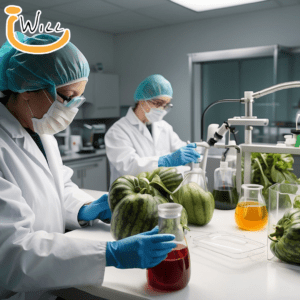
Understanding Pesticides: Types and Common Uses
Pesticides are substances designed to prevent, destroy, or manage a variety of agricultural pests that can damage crops and affect yield.
Generally, they can be classified into several types.
Insecticides target insects and are commonly used in agriculture and households.
Herbicides control weeds that compete with crops for nutrients and light.
Fungicides combat fungal pathogens that can cause diseases in plants.
Rodenticides eliminate rodents that can destroy crops or stored grains.
Nematicides specifically address nematodes (roundworms) that affect plant roots.
These pesticides are utilized in various settings, from large-scale farming operations to home gardens and public health pest control.
Each pesticide has a specific use-case depending on the target pest and the environment in which it needs to be controlled.
Chronic Health Risks Associated with Pesticide Exposure
Pesticide exposure can have long-term health implications.
Studies have linked chronic exposure to pesticides with several serious conditions.
Neurological disorders, such as Parkinson’s disease and Alzheimer’s disease, are more likely to occur.
Cancer rates are higher, with increased incidences of lymphomas, leukemia, and prostate cancer.
Respiratory problems, including chronic bronchitis and asthma, can be exacerbated by pesticide exposure.
Reproductive issues like infertility, miscarriages, and birth defects have been correlated with pesticide exposure.
Endocrine disruption is another risk, as pesticides can mimic hormones, causing imbalances and developmental disorders.
Continuous exposure may also weaken the immune system’s ability to fight infections.
The Impact of Pesticides on Vulnerable Populations
Pesticides and your health are closely intertwined, especially for vulnerable populations, including children, pregnant women, the elderly, and those with compromised health systems, who face heightened risks from pesticide exposure.
Children and fetuses are particularly susceptible due to their developing organ systems, potentially leading to developmental impairments.
Pesticide exposure can disrupt endocrine systems, crucial in regulating growth, metabolism, and reproductive health.
Agricultural workers often experience direct, high-level exposure, raising their risk for acute and chronic health issues.
Lower-income and minority communities are disproportionately affected due to nearby agricultural sites and less stringent regulatory enforcement.
Understanding these risks is vital for implementing policies that protect the most vulnerable individuals from harmful health effects associated with pesticide exposure.
Environmental Consequences of Pesticides: Beyond Human Health
Pesticides often drift from their target areas, contaminating air, water, and soil.
Non-target species, including pollinators like bees, are harmed, leading to disrupted ecosystems.
Aquatic life suffers from pesticide runoff that poisons rivers and streams.
Moreover, persistent pesticides accumulate in the environment, entering food chains, causing bioaccumulation, and leading to biomagnification.
Pesticides can also reduce biodiversity, alter habitats, and threaten the survival of endangered species.
Soil fertility may decline over time, jeopardizing future agricultural productivity and ecosystem resilience.
Aquaponics 101: Principles and Benefits
Aquaponics integrates aquaculture (raising aquatic animals) with hydroponics (cultivating plants in water) in a symbiotic environment.
The core principles involve nutrient cycling, where fish waste provides an organic nutrient source for the plants.
Biofiltration is another key principle, where plants filter and clean the water, which is then recirculated back to the fish tanks.
The benefits of aquaponics include reduced water usage, as the recirculation system uses significantly less water than traditional farming.
Aquaponics also eliminates the need for pesticides, mitigating health risks associated with their use.
Additionally, it promotes sustainable production, as fish and plants are produced with minimal waste.
Comparative Analysis: Aquaponics vs Traditional Agriculture
Aquaponics, symbiotically combining aquaculture and hydroponics, circumvents pesticides and your health concerns by fostering a naturally balanced ecosystem.
Plants and aquatic animals coexist, with fish waste nourishing plants, which in turn purify water.
This closed-loop system minimizes the need for chemical interventions.
Traditional agriculture, in contrast, often relies on pesticides to ensure crop yield, protect from pests, and control weeds.
These chemicals, while boosting productivity, can have detrimental effects on consumer health, soil quality, and surrounding ecosystems.
They often contaminate water sources, harm non-target species, and can lead to the development of pesticide-resistant pests.
How Aquaponics Reduces the Need for Pesticides
Aquaponics, an ingenious method of cultivating plants and fish together, presents a sustainable solution for minimizing pesticide usage.
In this intricate system, plants grow in water rich with nutrients sourced from fish waste.
The closed-loop ecosystem thrives without soil, therefore, negating common soil-borne diseases and pests.
This intrinsic balance drastically diminishes the necessity for chemical interventions.
Beneficial bacteria in the system naturally convert fish waste into nitrates, a nutrient for plants, obviating the need for synthetic fertilizers that often accompany pesticides.
Aquaponic systems mimic natural aquatic ecosystems, where pests are controlled through biological harmony rather than chemical means.
Consequently, these environments foster healthy, organic produce, free from the risks associated with pesticide exposure.
Case Studies: Success Stories of Aquaponics in Practice
Sweet Water Organics in Milwaukee transformed an old factory into a flourishing urban farm, producing fish and vegetables in a symbiotic environment.
They succeeded in supplying fresh produce to the local market while advocating for sustainable urban agriculture practices.
The Plant Chicago, a former meatpacking facility turned into a closed-loop aquaponics operation, demonstrates the commercial viability of aquaponics.
It integrates education, production, and community engagement, standing as a testament to the economic and environmental benefits of this farming method.
In the University of the Virgin Islands, pioneering research on aquaponics has evolved into large-scale production systems.
These systems provide fresh food to local communities, proving the applicability of aquaponics in different climates and conditions.
Setting Up Your Own Aquaponic System: A Step-by-Step Guide
Design your system by choosing between media-filled beds, nutrient film technique (NFT), or deep-water culture (DWC).
Consider space, budget, and crop type.
Select a location with ample sunlight for plants, stable temperatures for fish, and proximity to power and water sources.
Assemble components, including a fish tank, grow beds, water pump, piping, and aeration equipment.
Use food-grade materials to safeguard health.
Cycle water by establishing a nitrogen cycle before adding fish, cultivating beneficial bacteria.
Introduce fish and plants, selecting compatible species like tilapia and leafy greens.
Balance the ecosystem carefully.
Monitor and maintain the system by regularly testing water for pH, ammonia, nitrites, and nitrates.
Adjust feeding and water levels as necessary.
Policy and Advocacy: The Future of Sustainable Food Production
To address the health impacts of pesticides, policies must evolve to promote sustainable food production.
Policy makers and advocates are focusing on incentivizing organic and low-pesticide farming practices.
They support research into alternative pest management methods and strengthen regulations on pesticide use and residues in food.
Encouraging consumer demand for sustainably grown produce through education is also essential.
Facilitating the transition from traditional to sustainable farming methods for producers is a key goal.
Efforts are underway to ensure food safety while protecting the ecosystem and human health.

Conclusion: Embracing Aquaponics for Healthier Lives and Ecosystems
Aquaponics emerges as a fortifying solution in mitigating health issues related to pesticide exposure, directly addressing concerns about pesticides and your health.
Through the symbiosis of aquaculture and hydroponics, it eliminates the need for chemical pesticides, fostering an organic habitat for plant and fish life.
Individuals and communities adopting aquaponics can enhance their dietary health by consuming untainted produce and promote sustainable ecosystems.
The methodology aligns with principles of environmental stewardship and public health, heralding a movement towards holistic well-being.
Embracing aquaponics is a step toward securing a future where food systems are not only productive but also congruent with the natural world.
FAQs
Symptoms of pesticide exposure can vary but commonly include headache, dizziness, nausea, vomiting, abdominal pain, diarrhea, skin rashes, eye irritation, respiratory issues, and in severe cases, seizures, and loss of consciousness.
Are organic pesticides harmful to humans?
Organic pesticides can still be harmful to humans, though they are often considered less toxic than synthetic pesticides. They can cause skin and eye irritation, respiratory problems, and other health issues if not handled properly.
How long do pesticides stay in your body?
Pesticides can stay in the body for varying lengths of time depending on the type of pesticide, level of exposure, and individual metabolism. Some pesticides are quickly metabolized and excreted, while others can remain in the body for weeks or even longer.
Can you recover from pesticide exposure?
Recovery from pesticide exposure is possible, especially with prompt medical treatment. The extent of recovery depends on the severity of the exposure, the type of pesticide, and the speed and effectiveness of medical intervention.
How long does it take to get sick from pesticides?
The time it takes to get sick from pesticides can range from a few minutes to several hours after exposure, depending on the type of pesticide, the dose, and the method of exposure (inhalation, ingestion, skin contact).
Are garden pesticides harmful to humans?
Garden pesticides can be harmful to humans if not used correctly. Exposure can cause skin irritation, respiratory issues, and other health problems. It’s important to follow safety instructions and use protective gear when handling these chemicals.
What is the least toxic pesticide?
The least toxic pesticides are often those classified as biopesticides, which include certain types of natural substances like neem oil, diatomaceous earth, and insecticidal soaps. These are generally considered safer for humans and the environment.
What is the most common form of pesticide poisoning?
The most common form of pesticide poisoning typically occurs through dermal exposure (skin contact) or inhalation of pesticide fumes, particularly in agricultural settings or improper home use.
Which major pesticides are more toxic to human cells?
Major pesticides that are more toxic to human cells include organophosphates (such as chlorpyrifos and malathion), carbamates (like aldicarb and carbofuran), and neonicotinoids (such as imidacloprid and clothianidin). These substances can cause significant harm to human health at certain exposure levels.
The I Will Projects, a 501c3 Non-Profit, promotes diverse solutions for global challenges. Our IFIZ education programs, emphasizing aquaponics, and insect farming, empower communities through knowledge, collaboration, and sustainable innovation.
Disclaimer: This blog post provides general health information. The author is not a medical professional, and the content should not be used as a substitute for professional medical advice, diagnosis, or treatment. Any application of the material provided is at the reader’s discretion and is their sole responsibility. If you have a medical concern or emergency, please consult with a healthcare provider.



